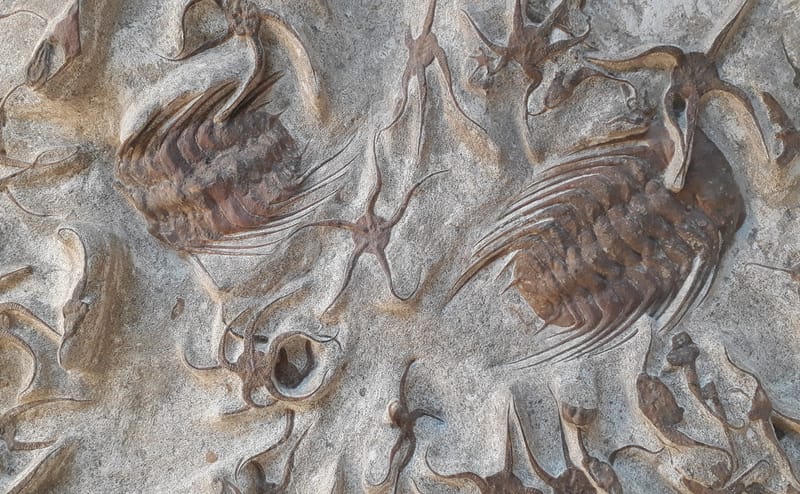No more snow, Italy at a crossroads: how does winter tourism change?
With climate change, fewer and fewer ski lifts are operating: here's why we need to take action

Climate change is likely to alter trends in winter tourism in Italy. Or rather: it seems to have already done so. There are 177 ski facilities temporarily closed in our country, 39 more than in 2023. Of these, 92 are in the Alps and 85 in the Apennines. This is revealed in Legambiente's new report Nevediversa 2024, in which the association points out that the acceleration of the crisis requires"future investments to be connected, right away, with climate change adaptation measures for a different winter tourism strategy to 2030."
Moreover, the numbers photograph a complex situation.
The number of facilities open with hiccups rises to 93 (9 more than in the previous report): the bulk, as many as 55, are concentrated in the Apennines. Another growing figure is that of disused facilities, which reaches 260 (there were 249 in the previous report) of which 176 are in the Alps and 84 on the Apennine ridge; and that of facilities that survive only with heavy injections of public money: 241 those surveyed by Legambiente (+33 units) . The bulk, 123, on the Apennines.
To these figures must be added the growth of reservoirs for artificial snowmaking: 158 those surveyed (16 more than in the 2023 report): most of them, as many as 141, on the Alps, and the remainder, 17, on the Apennine ridge. On the funding front, as many as 148 million euros were allocated last year by the Ministry of Tourism to help the sector for the modernization of ski lifts and snowmaking facilities, compared with only 4 million for the promotion of ecotourism.
Funding for artificial snow shows no signs of abating. In Piedmont, there are 32,339,873 euros in contributions planned for the 2023-2025 biennium (compared to 29,044,956 euros for the 2022-2024 biennium).
In Emilia-Romagna, the 2023/24 season began with 4million and 67 thousand euros allocated by the region to compensate Winter Tourism businesses damaged by the scarcity of snow. Legambiente also recalls the non-repayable funding of 20 million euros for the new ski lift to Lake Scaffaiolo, an infrastructure opposed by local associations and committees.
In Tuscany, the Feasibility Study of the Doganaccia-Corno alle Scale cableway system has been filed, with a project cost to date of about 15,700,000 euros, of which 5.7 million euros will be borne by the State and 10 million by the Tuscany Region.






